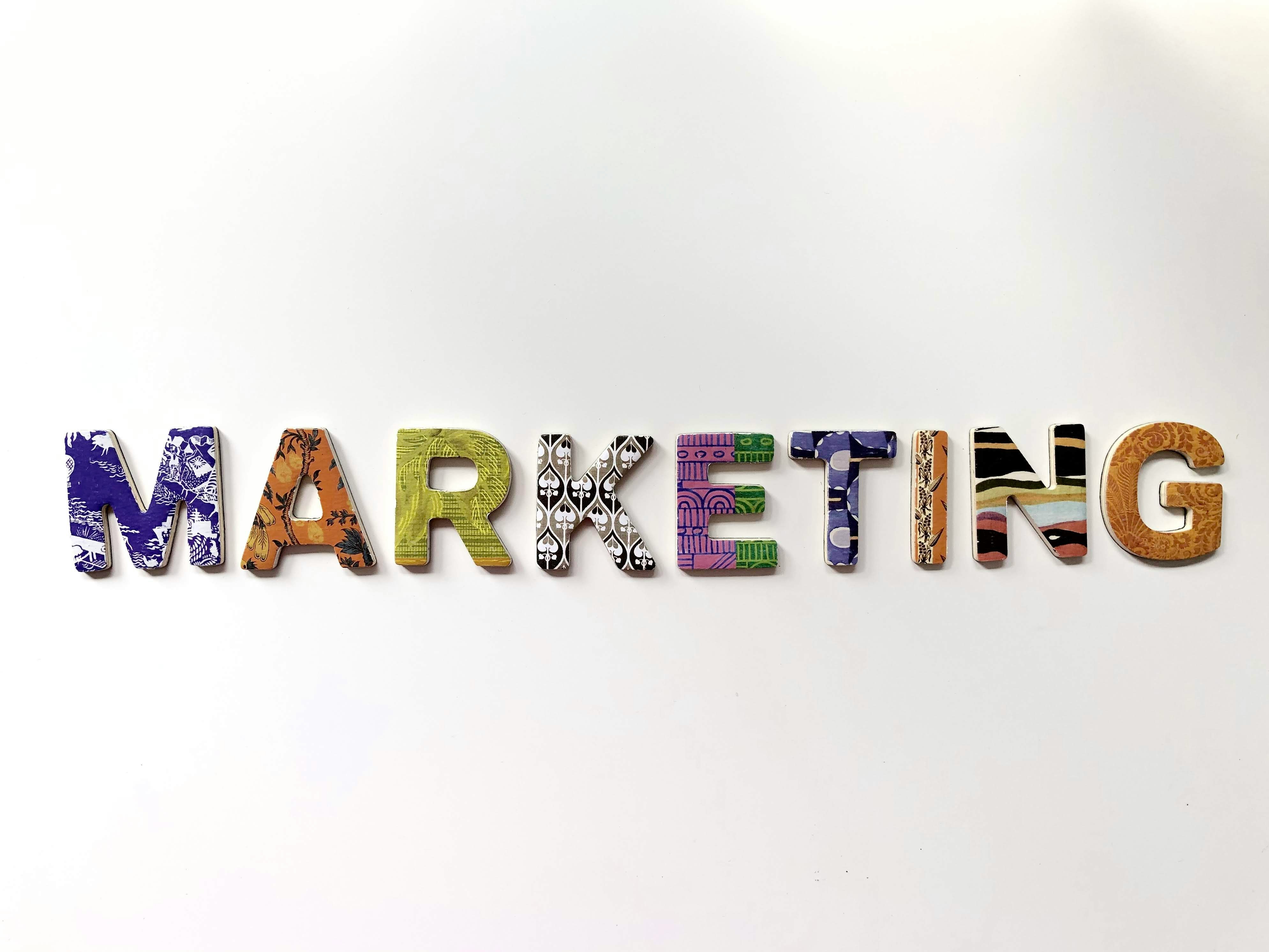Kinetic Typography: The Art of Moving Words
In the ever-evolving landscape of visual communication, kinetic typography has emerged as a dynamic and captivating medium that bridges the gap between language and motion. This innovative art form breathes life into words, transforming static text into fluid, animated expressions that dance across screens and capture audiences' attention in ways traditional typography never could. As designers and filmmakers continue to push the boundaries of this technique, kinetic typography is reshaping how we perceive and interact with textual information in the digital age.
From Silver Screen to Digital Canvas
As technology advanced, so did the possibilities for kinetic typography. The advent of computer-generated graphics in the 1980s and 1990s opened up new avenues for experimentation. Music videos, in particular, became a fertile ground for kinetic typography, with artists like Bob Dylan’s Subterranean Homesick Blues utilizing the technique to create visually striking lyric videos that enhanced the musical experience.
The Digital Revolution and Beyond
The rise of the internet and social media platforms in the 21st century catapulted kinetic typography into the mainstream. Suddenly, designers had access to powerful software tools that made creating animated text more accessible than ever before. This democratization of the art form led to an explosion of creativity, with kinetic typography appearing in everything from corporate presentations to viral social media content.
Kinetic Typography in Branding and Advertising
Marketing agencies quickly recognized the potential of kinetic typography to capture and retain audience attention in an increasingly crowded digital landscape. Brands began incorporating animated text into their commercials, website designs, and social media campaigns. The ability to convey complex messages in a visually engaging manner made kinetic typography an invaluable tool for marketers looking to stand out in a sea of static content.
The Psychology of Moving Words
Research has shown that kinetic typography can significantly enhance message retention and emotional impact. The movement of text can guide the viewer’s eye, emphasizing key points and creating a more immersive reading experience. By carefully choreographing the animation of words, designers can evoke specific emotions and reinforce the meaning behind the text, making it a powerful tool for storytelling and persuasion.
Challenges and Considerations
While kinetic typography offers numerous creative possibilities, it also presents unique challenges. Designers must strike a delicate balance between aesthetics and legibility, ensuring that the animated text remains readable and doesn’t distract from the core message. Additionally, considerations such as accessibility for viewers with visual impairments or motion sensitivity must be taken into account when implementing kinetic typography in digital interfaces.
The Future of Kinetic Typography
As we look to the future, the potential applications of kinetic typography continue to expand. With the rise of augmented and virtual reality technologies, we may soon see three-dimensional kinetic text that interacts with our physical environment. The integration of artificial intelligence could lead to dynamic, context-aware typography that adapts in real-time to user interactions and environmental factors.
A New Language of Motion
Kinetic typography represents more than just a trend in design; it’s a fundamental shift in how we communicate visually. By infusing text with motion, designers are creating a new language that speaks to our increasingly dynamic and fast-paced world. As the boundaries between static and motion graphics continue to blur, kinetic typography stands at the forefront of this evolution, promising to reshape our relationship with words and redefine the art of visual storytelling for generations to come.






